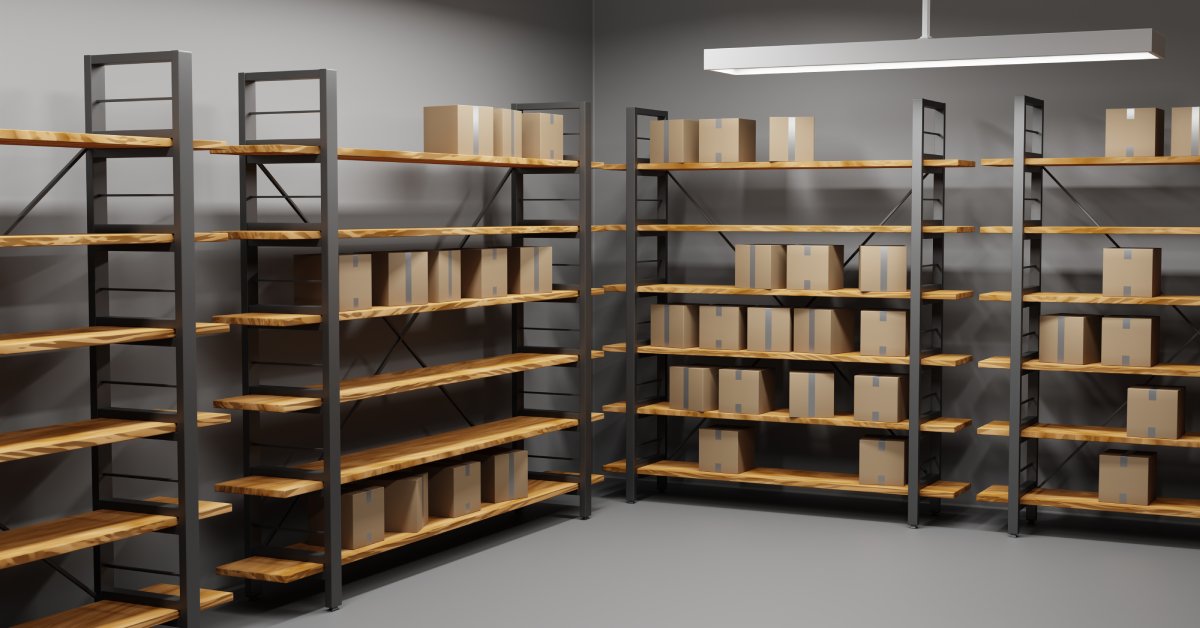
5 Ways to Earthquake-Proof Your Shelving
Earthquakes can strike without warning, leaving businesses vulnerable to chaos and damage. Worksites withunsecured shelving, specifically, are at risk of shelves toppling andharming employees, damaging goods, and disrupting operations.
By taking proactive measures, you can minimize thesedangersand safeguard your shelving systems. Here are effective ways to earthquake-proof your shelving.
1. Anchor Shelving Units to Walls or Floors
Since unsecured units are more likely to fall during seismic activity, protect them by anchoring shelving units to stable surfaces. Use heavy-duty bolts or brackets to attach shelving to walls, or secure them to the floor. For freestanding shelves, gofor seismic-rated anchors specifically designed to handle the forces generated by an earthquake.
2. Choose Heavy-Duty Shelving
Not all shelving systems are equalin construction. Lightweight or flimsy materials are more prone to collapsing under stress. Heavy-duty, industrial-grade shelvingand brackets significantly improve stability.Choose an industry leader in storage and shelving solutions made of high-quality materials, such as Right On Bracket.
At Right On Bracket, we provide robust steel storage shelving with high weight capacities. Our customizable, tiered, wall-mounted shelving systems can securely stack and store even the heaviest items in any storage room.
3. Distribute Weight Evenly
Unevenly distributed weight increases the risk of tipping during an earthquake. For this reason, always place heavier items on the bottom shelves to create a stable center of gravity.
Avoid overloading any single shelf, as this can compromise the unit’s integrity. Arrange items strategically to balance weight across the entire structure and improve overall stability.
4. Install Seismic Bracing
Shelving systems can be susceptible to lateral movement during earthquakes. Using seismic bracing is another way to earthquake-proof your shelving andhelp counteract these forces.
Cross-brace your shelving units using steel rods, cables, or braces designed to restrict excess movement during seismic events. This simple addition can provide extra security for shelving units of all sizes.
5. Utilize Anti-Slip Mats and Pads
Anti-slip mats or pads placed under shelving units or between shelves and stored items reduce movement caused by vibrations. These mats grip surfaces tightly, keeping shelves and their contents more stable. The pads are particularly effective for lightweight units or items at risk of sliding.
Conduct Regular Inspections and Maintenance
Earthquake readiness isn’t a one-time task. Even after implementing these strategies, commit to regular inspections to identify weak points or damage that could compromise shelving stability. Check for loose bolts, worn brackets, or signs of corrosion, addressing these issues promptly to make certain the shelving remains secure and ready to withstand future seismic events.
Educate Employees on Safety Procedures
Even with earthquake-proof shelving in place, employee awareness is crucial. Train your staff in proper loading techniques, safety protocols, and emergency procedures. Clear communication prevents mishandling that could weaken the shelving’s stability and ensures smoother operations if an earthquake occurs.
Earthquake-proofing your shelving is vital for protecting your business, inventory, and team in seismic zones. By combining durable materials, secure anchoring, and strategic bracing, you can lower the risks posed by earthquakes and keep your operations running smoothly.


